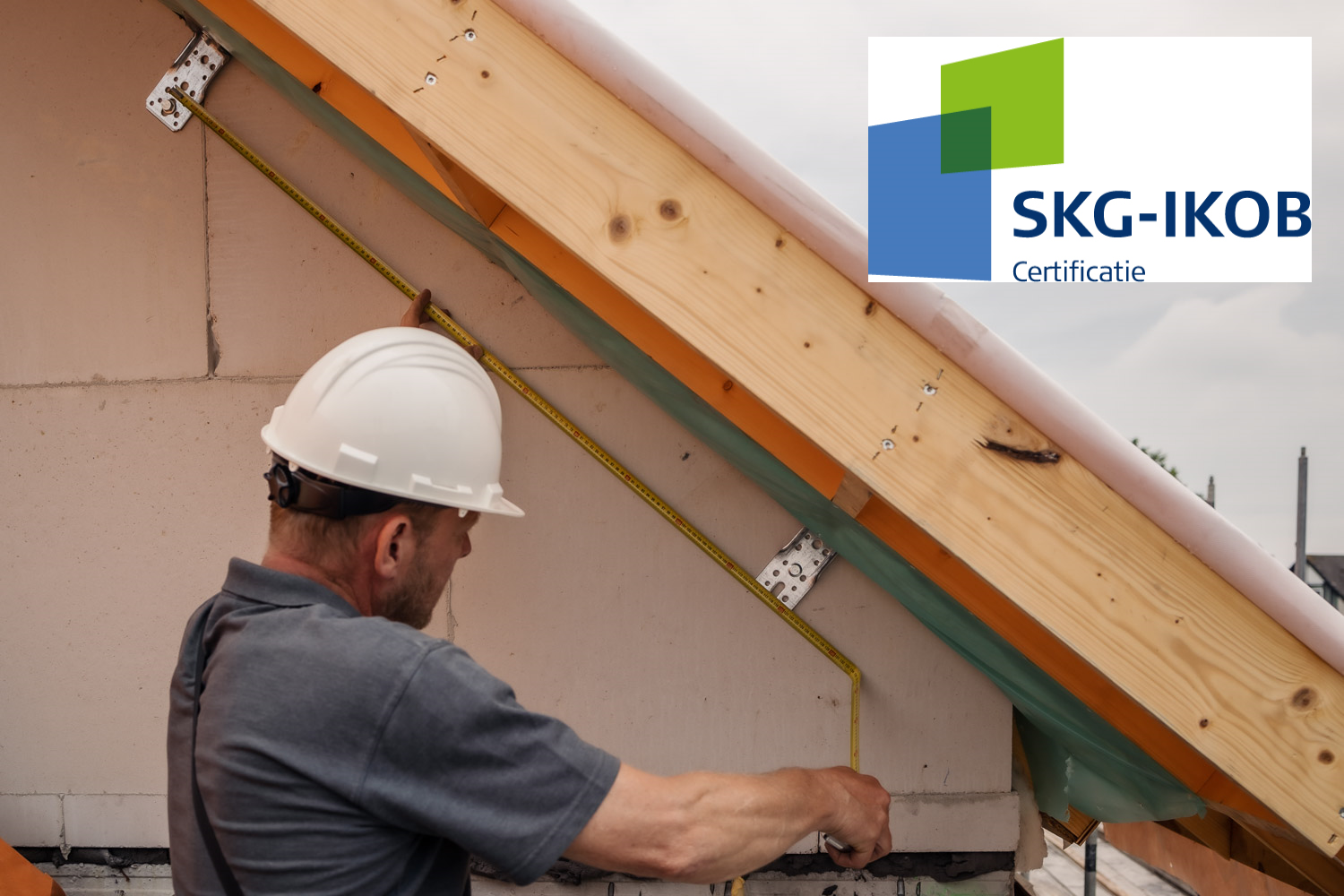The role of the quality assurance officer within the WKB
Important for the quality assurance professional within the WKB
A quality assurance company assesses completely independently whether a building plan can comply with and ultimately also complies with the Besluit bouwwerken leefomgeving (Bbl), formerly the Bouwbesluit. The quality assurance officer may not be involved in the realization of the new building project in any other way than in the role of quality assurance officer. A quality assurance officer may therefore not be the client, architect, contractor, etc. of the construction work for which the quality assurance officer is hired.
Duties of the quality assurance officer
The main task of the quality assurance officer is to ensure that a structure complies with Bbl upon delivery. If this is the case, the quality assurance officer issues a formal Declaration that in his opinion there is justified confidence that the completed building complies with Bbl. With this declaration and underlying evidence, the client goes to the municipality to request a Commissioning Permit. Without the declaration, a municipality will only issue such a permit in very exceptional situations. If a quality assurance officer finds during the plan development or during construction that the Bbl will not be complied with, the quality assurance officer will inform the client and demand improvements. If the deviation is such that it cannot be repaired, the borrower is obliged to inform the competent authority, in most cases the municipality, immediately. The municipality will then decide whether the construction will be stopped.
So the quality assurance officer is the linchpin in the new system of the WKB. But he may cooperate with other parties involved. The borrower may use documents provided by parties involved in the construction, such as attestations or product certificates of building products; from specialists e.g. structural engineers, installers, even from the contractor. The borrower may use the so-called 'own work' of an architect, contractor or installer involved in the construction. But the quality assurance officer determines whether the quality of the work supplied is sufficient and to what extent he takes it into account in his assessments.
Consequence class
The WKB distinguishes three Consequence Classes. The consequence classes classify buildings according to the degree to which there are risks that a structure will not comply with the Bbl and, if so, what the possible consequential damage will be. The higher the risk, the higher the consequence class in which a structure falls. It has been decided to start with consequence class 1 as of January 1, 2024, the class in which the least risky structures are defined, such as ground-level homes, industrial buildings and small infrastructural works. Consequence class 2 and 3 will also be brought under quality assurance in principle five years after the introduction of the WKB.





